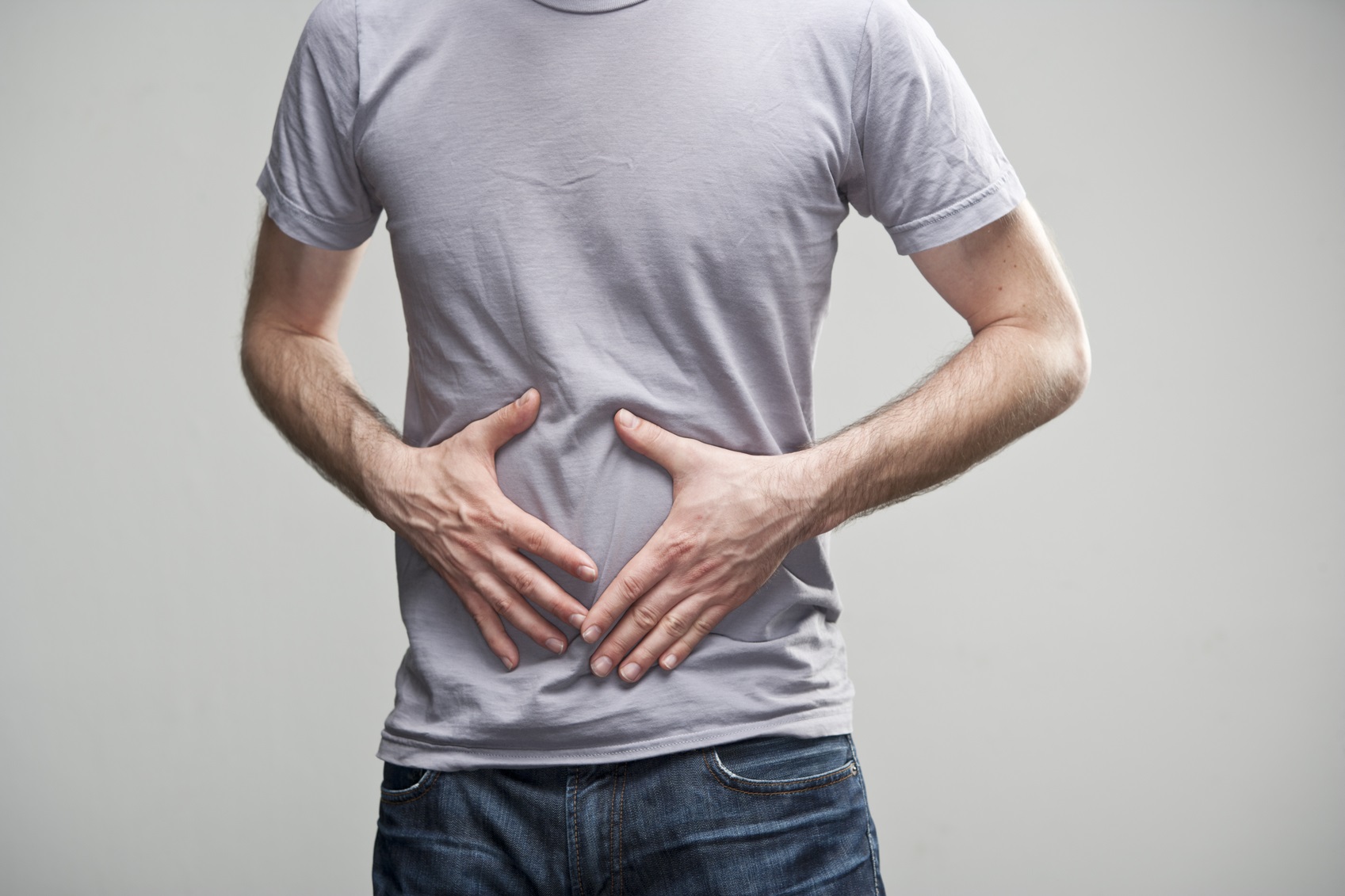Diverticulosis is a fairly common disorder: it is estimated that about 65% of adults, particularly women, have diverticulosis.
The presence of diverticula in the intestine, is a different condition from diverticulitis, which is actually the inflammation of the diverticula, and affects 10-25% of people with diverticulosis.
Prof. Silvio Danese head of the Centre for Bowel Diseases in Humanitas was invited on Whole Health of Rai 3 to discuss further and we have summed up what he said for you.
What are the main risk factors for the development of diverticulosis?
“First of all it should be specified that diverticulosis is not in itself a disease, but an anatomical alteration and fortunately, the majority of people who experience this condition have no symptoms. The cases where you need to seek emergency assistance are rare. The risk factors, which certainly play a key role in encouraging the formation of diverticula, are:
- age
- sex (women are more at risk)
- bad eating habits
- obesity
- a sedentary lifestyle
- taking anti-inflammatories
Its usually considered an “elder disease” because from forty years of age onwards its appearence becomes more common. This is due to a certain laxity of the connective tissue, ie all those fibers which support the intestine, including the muscle tissue”.
Should people with diverticula follow a special diet?
“In reality it is more a question of recommendations: Drinking water and increasing the consumption of fruit and vegetables and therefore of fibers to facilitate bowel motility and thus to avoid constipation.”
Is it true that if you have diverticula you must avoid fruit with seeds, like kiwi?
“Absolutely not, this is an old myth. An American study on a sample of fifty patients demonstrates exactly the opposite: those who reduce the consumption of fruits, vegetables and foods containing seeds are more at risk of diverticulitis.”
What symptoms should we look out for?
“As we have said before, diverticulosis implies the presence of a diverticula, but it is asymptomatic. There is a diverticular disease with symptoms that can appear on the patient. Very often these symptoms overlap with those of irritable bowel syndrome and they are:
- swelling
- abdominal pain
- alteration of bowel regularity
The patient often complains of pain in the lower abdominal wall and especially on the left side, where the diverticula are more present. ”
When does it turn into diverticulitis?
“Diverticulitis is an inflammation of the diverticula, and the patient complains of a very strong pain. With it, you can associate multiple symptoms such as:
- abdominal pain
- pain associated with constipation / diarrhea
- meteorism
- decrease in appetite
- nausea
What checks need to be done and how is diverticulitis treated?
“Patients with diverticulosis generally have to go through repeated checks over time, unless you experience new episodes or symptoms suggesting diverticulitis.
In the presence of diverticulitis the approach is essentially a visit to a doctor. Fortunately, only 1% of patients suffering from diverticulitis needs the help of a surgeon.
The first action is to place the patient on a liquid diet. Secondly the administering of antibiotics. With these tips, in about 90% of cases the inflammation of the diverticulum is eliminated”.
How long does the patient have to diet for?
“Typically for about 7 to 15 days, though it depends on how we resolve symptoms, and especially if there are any complications. When patients are hospitalized for diverticulitis, surgeons recommend physicians to heat and cool the diverticula so that, in case of need, it is possible to operate in a safe condition and to ensure a less invasive intervention. ”
What tests could diagnose diverticula?
“The tests that reveal diverticula are:
- colonoscopy;
- CT of the abdomen;
- Virtual colonoscopy;
- Double contrast barium enema.
With the numerous screening colonoscopies that we carry out today we can discover the presence of diverticula in many patients.
Virtual colonoscopy, however, is nothing but a CT scan of the abdomen through which we create a three-dimensional reconstruction of the intestine. It has the advantage of being minimally invasive”.
When do you need to take a monthly antibiotic therapy?
“Those who have diverticulosis should not do repeated therapies. If you are subject to diverticular disease you should follow a basic diet of fibers over the use of antibiotics or other drugs that help evacuate the intestine. They are also used in the treatment of irritable bowel syndrome. It was recently discovered that the administration of anti-inflammatory and particularly, mesalazine, constitutes an effective therapy to treat diverticular disease”.
Summarizing it all up
“In the case of diverticulosis simply a diet rich in fiber will help. If, instead it turns into a diverticular disease you must resort to intestinal release antibiotics, anti-inflammatories and lactic ferments. If it is diverticulitis, admission to the emergency room is urged, and in case of complications, surgery”.
-
3,400 Physicians
-
110,400 Annual surgeries
-
190,400 Annual Inpatient Admissions
-
928,000 Patients



